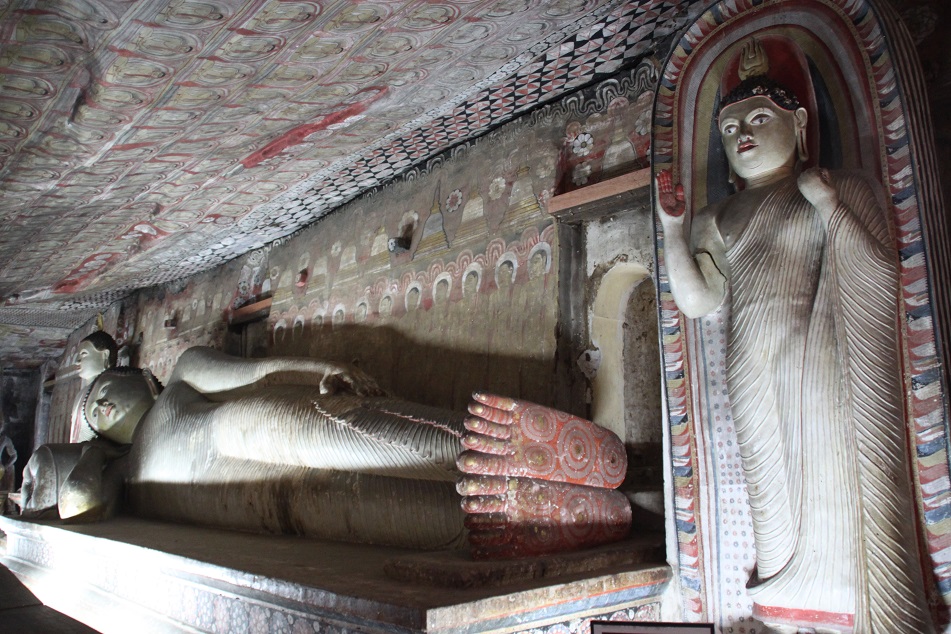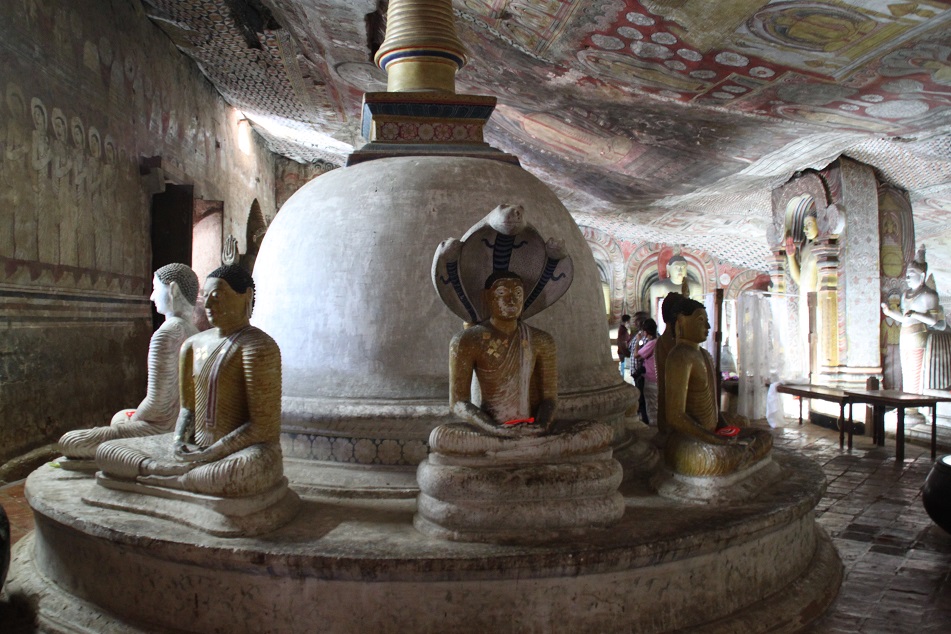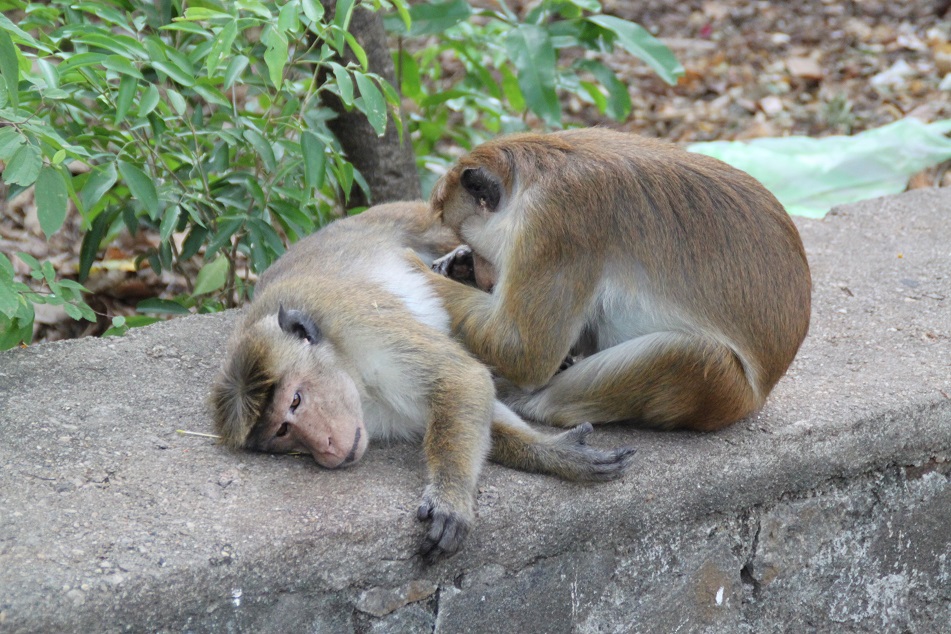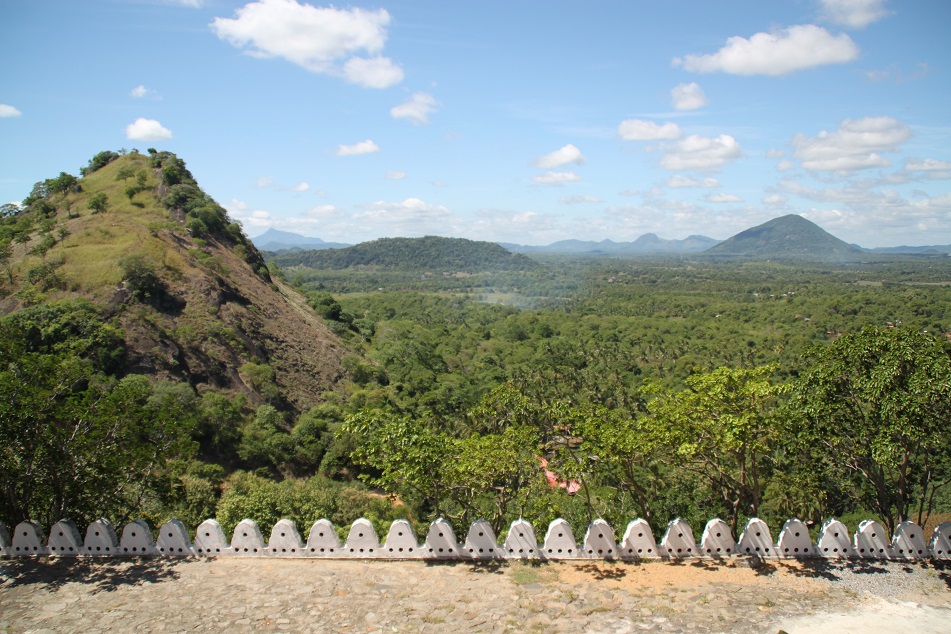Close your eyes, and hold them for a few minutes… then slowly open them, only when you feel you’re ready. Do you see the infinite blue skies I’m looking at right now? We were in faraway Japan the last time I took you into a dream like this. But do you know where we are at the moment?
Beyond those lush hills around us, and way beyond the many hills we can’t see from here, is an ocean so vast that if you go south, far south, you’ll find nothing but a few tiny islands before ending up in the extreme cold of Antarctica. Before you start thinking of the freezing bite of the South Pole, let me remind you again that we’re on a tropical island which, if you fly high up into the sky and look down, appears just like a teardrop. This island, Sri Lanka, is surrounded by a great ocean that has witnessed everything from human migration to international trade, from colonization to piracy.
Behind us, there’s a rock that we can climb as it’s not too high. Come with me and I’ll show you why this is such an extraordinary place, so much so that I have to ask you to dream again with me for this journey.
Oh, and don’t mind the monkeys. They’re the toque macaques, and they’re native to this very island where we are now. They have such cool hair, don’t they? You can see where some of us get inspiration for our funky hairdos.
You notice that small white structure with the terracotta-colored roof? That’s the entrance to where I’m about to take you. But before we do so, please have a look around. Magnificent, isn’t it? All plains as far as the eye can see, peppered with gargantuan rock formations here and there that seemingly rise out of the earth. It’s a bit hard to comprehend because they were created in a time when our hominid ancestors had not even roamed the planet, which must have looked so different back then.
After those hills came into existence, it took uncountable cycles of intense rain, scorching sun, and merciless gusts of wind to shape them into how they appear today. Humans only began exploring this hill which we’re standing on now roughly three thousand years ago. A lunatic king even built a palace on top of one.
Now let’s walk to the entrance, shall we?
Those white colonnades, they’re not that old. But what lies behind them, that’s the real treasure of this hill. Before we go inside, let me show you something. Do you notice something rather unnatural on the rock hanging over that white structure? The top of the rock looks dark but then the color on its lower edges is different. That’s because that part of this rock was chiseled away to prevent rainwater from spilling into the cave underneath, preserving the delicate treasures inside. Imagine pouring champagne from a bottle into a glass. Just as you’re about to tilt the bottle back up, some champagne will run over the edge of the mouth and down along the outer part of the bottle. Now imagine if there was a gap just below the mouth; the liquid would never spill over the side of the bottle. This ‘innovation’ was in fact invented recently, but that drip ledge was created many many centuries ago here in Sri Lanka. If only the French had come to this island before they started bottling champagne.
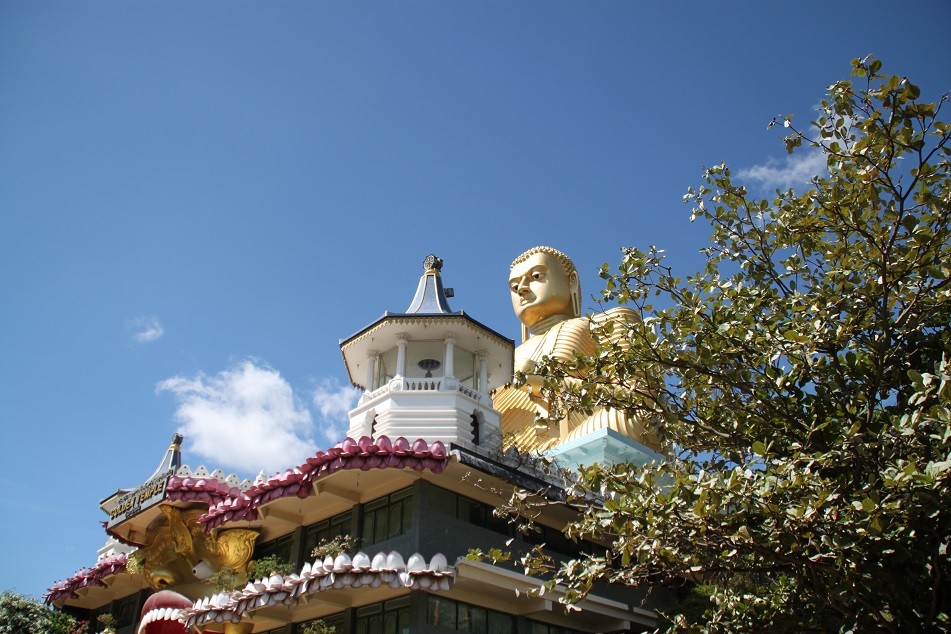
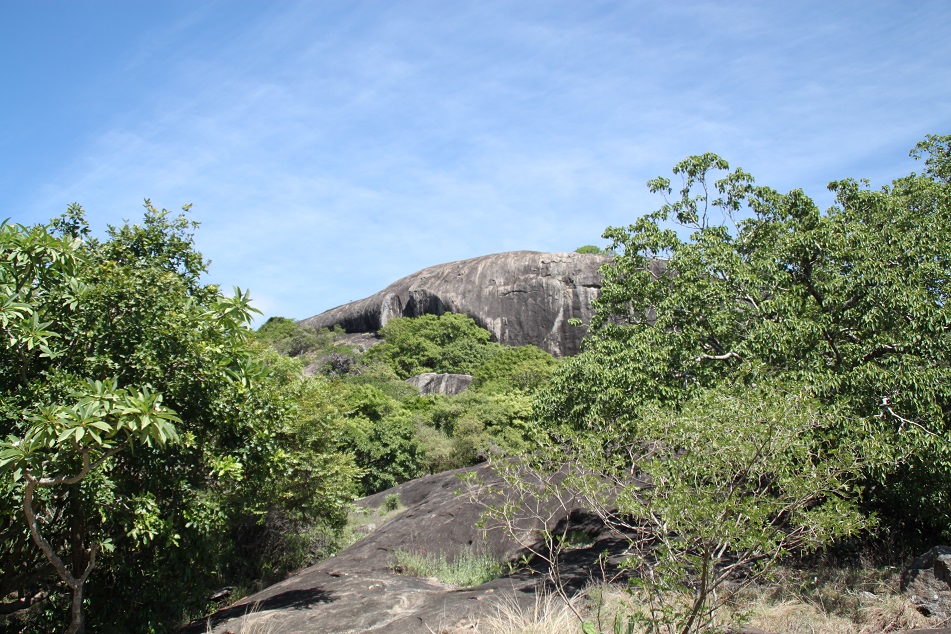
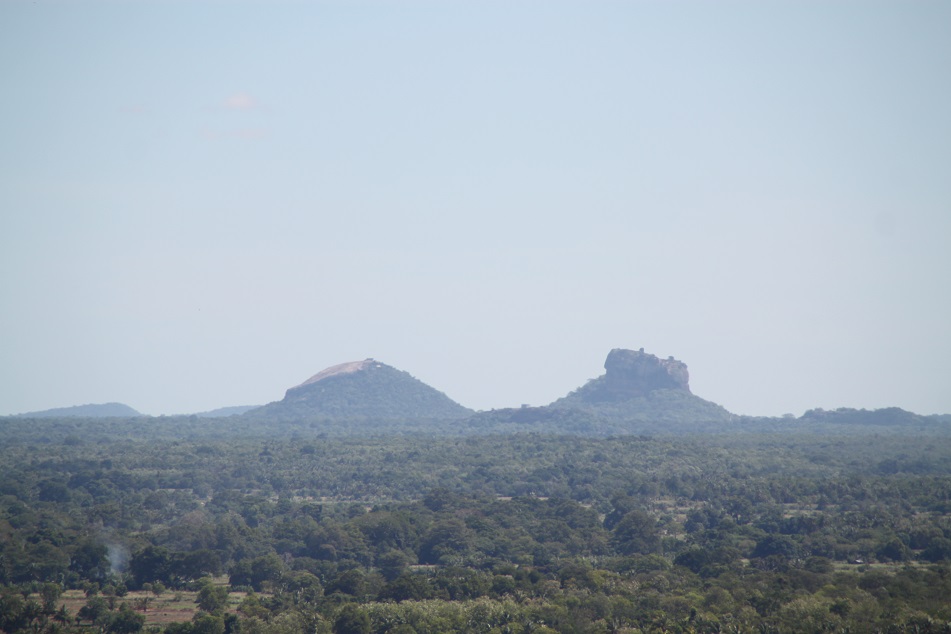
Underneath This Massive Rock Lie Ancient Treasures
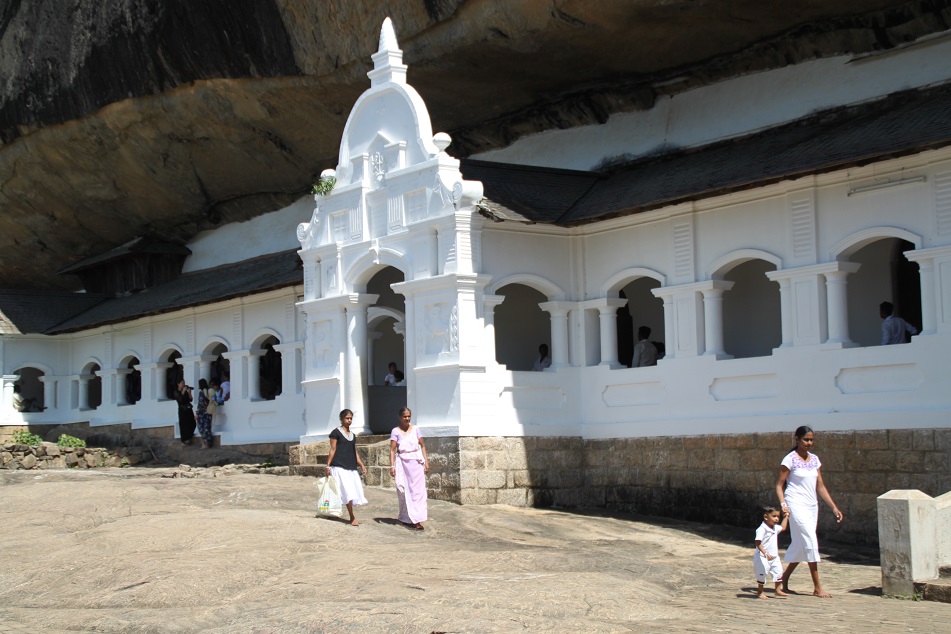
Alright, now that I’ve mentioned those hidden treasures several times, let’s go inside.
I know, it’s quite impressive, isn’t it? This cave was established as a Buddhist temple back in the first century BC. As its importance grew, more and more Buddha statues, large and small, were added over the centuries. Then in the 12th century, many of those statues were gilded by Nissanka Malla, a king known for his penchant for constructing new Buddhist monuments as well as refurbishing older ones. He was responsible for erecting some structures in the Sacred Quadrangle of Polonnaruwa.
As for those exquisite murals above us, some believe they date back to the eighth century, although this is hard to prove for repainting has been repeatedly carried out in the past. But if they were indeed first painted more than a thousand years ago, the artists who created them were ahead of the Renaissance painters in Europe by many centuries.
There are four more caves in this compound that we can explore, but let’s go out for a while to see those verdant plains and hills one more time. I was told that having green space around us, at the office, or at least being able to look at trees, can help reduce stress. Probably this very view we’re looking at now was an antidote to the stress those sculptors and painters felt when they were working on this cave; for then, as now, it was such an important pilgrimage site.
Now, do go on and explore the rest of the caves – I think I’ll linger here a little longer.
